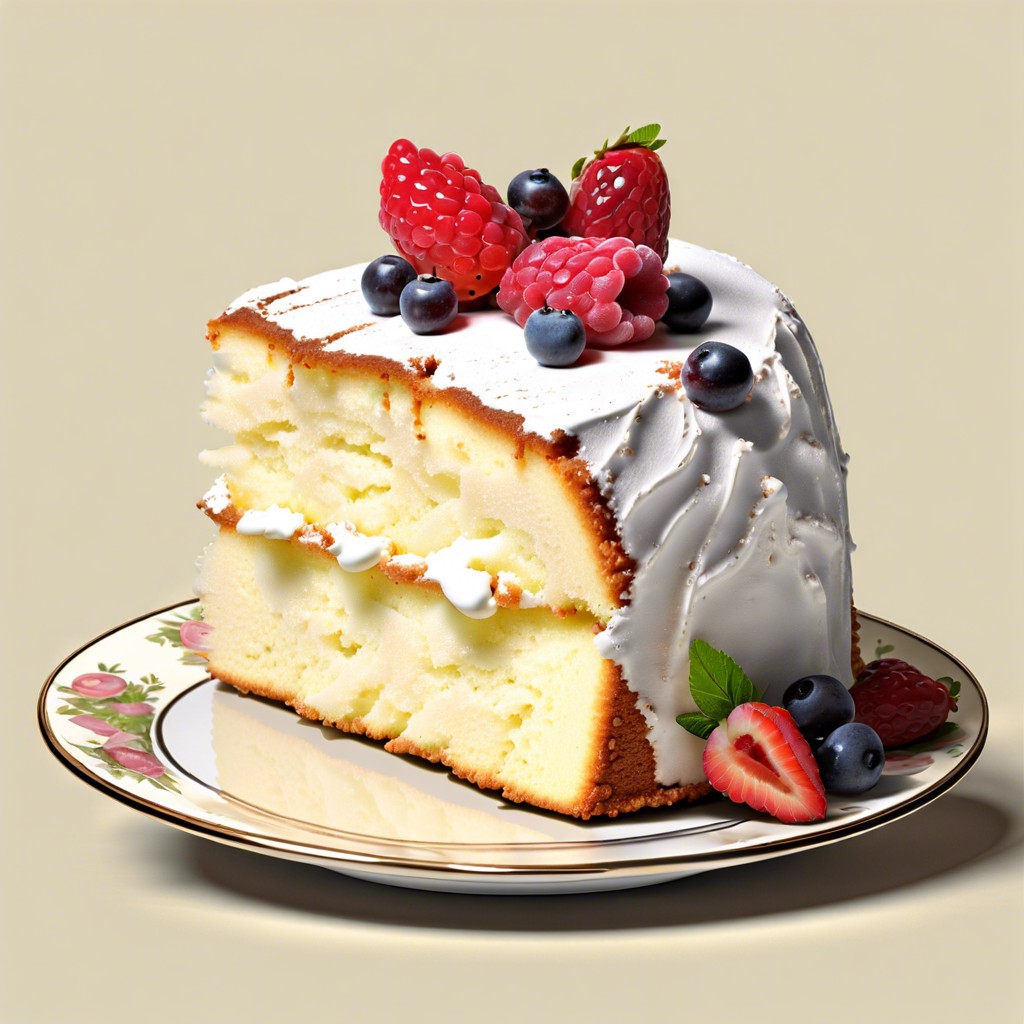Last updated on
Discover the allure and practical considerations of collecting vintage perfume bottles.
Key takeaways:
- Vintage perfume bottles reflect social and cultural trends throughout history.
- Design evolution of perfume bottles from simplicity to luxury and sustainability.
- Iconic perfumers like Chanel and Lalique left their mark through signature bottles.
- Techniques for identifying authentic vintage perfume bottles.
- Factors to consider when assessing the value of vintage perfume bottles.
Historical Significance of Vintage Perfume Bottles

Vintage perfume bottles serve as a reflection of social and cultural trends through the ages. Their styles, materials, and manufacturing methods tell stories of technological advancement and artistic expression. From the intricate glasswork of Art Nouveau designs to the bold, geometric shapes of Art Deco items, each bottle offers a glimpse into the aesthetic preferences of its time. These collectibles also showcase the evolution of perfume as a luxury item, transitioning from royal courts to mainstream accessibility, marking significant shifts in consumer behavior and industrial capabilities. Collecting these pieces allows enthusiasts to preserve and appreciate the rich history intertwined with the art of perfumery.
Design Evolution of Perfume Bottles

In the early 20th century, perfume bottles were often simple glass containers. However, as the art deco movement gained momentum, so did the intricacies of bottle design. Famous glassmakers like René Lalique revolutionized the industry with elaborate crystal designs, merging functionality with artistry.
Post-World War II, the rise of Hollywood glamour influenced perfume bottle shapes, many featuring bolder, more elaborate decorations and often reflecting the elegance and opulence of the era. Brands started collaborating with renowned designers to create visually striking bottles that stood as luxury symbols.
The 1960s and 70s saw a shift toward minimalism. Clean lines and geometric shapes became prevalent, aligning with the modernist aesthetic dominant in wider design fields. This era emphasized less about decoration and more about showcasing the perfume itself.
Today, sustainability shapes design trends, with many companies opting for refillable and eco-friendly materials, proving that bottle design continues to evolve in response to cultural and environmental cues. This reflects a broader trend of aligning product aesthetics with ethical practices.
Iconic Perfumers and Their Bottles
Perfume and fashion often go hand in hand, with several iconic designers leaving their mark through signature bottles as well as scents. Coco Chanel, for instance, revolutionized the industry with the introduction of Chanel No. 5 in a simple yet elegant glass bottle, which emphasized the luxury and purity of the fragrance inside.
Similarly, Jean Patou’s Joy, once considered the costliest perfume in the world, came in a bottle designed by Louis Süe, showcasing Art Deco influences that made it just as delightful visually as olfactorily.
René Lalique turned perfume bottle designing into an art form, merging functionality with exquisite craftsmanship in glass. His creations for brands like Coty and Worth are celebrated for their intricate designs and vivid detailing, transforming the bottles into collector’s items.
Salvador Dalí also ventured into the perfume industry with his bottle for Le Roy Soleil, which featured a sun-shaped design topped with a mustache homage to his iconic facial hair.
These designers exemplified how a bottle could enhance the overall perfume experience, blending visual art with sensory pleasures and making their products instantly recognizable.
Techniques for Identifying Authentic Vintage Perfume Bottles
Determining the authenticity of vintage perfume bottles involves a thoughtful examination of several key aspects. First, inspect the bottle’s material. Authentic vintage bottles are typically made from glass or crystal with noticeable weight and clarity, unlike modern counterparts often made from lighter, less costly materials.
Next, check for markings. Manufacturers often left specific markers, stamps, or signatures on the bottom or sides of the bottle, indicating origin and time period.
Another significant indicator is the wear pattern. Genuine vintage bottles show age-appropriate wear, particularly on the base and around the stopper. Uniform wear or overly pristine conditions can signal reproductions.
Lastly, research the provenance when possible. Authentic bottles often come with documentation or verifiable history that adds to their credibility and value. Engaging with seasoned collectors or consulting antique verification resources can also provide additional insights.
How to Assess Vintage Perfume Bottle Value
Determining the value of vintage perfume bottles involves several factors. First, consider the bottle’s age. Older bottles tend to hold more value, especially those that trace back to the early 20th century or before. Next, examine the condition. Bottles without chips, cracks, or missing parts are more desirable.
The rarity of the bottle also plays a crucial role. A bottle produced in limited quantities or for a special occasion often commands a higher price. Another important factor is the manufacturer. Bottles made by renowned companies like Lalique or Baccarat are typically more valuable.
Finally, check for original content. A perfume bottle still containing its original fragrance and sealed can be significantly more valuable than an empty one. Collectors often prefer bottles that are in near-original condition with their authentic labels and packaging intact.
Considering these elements will provide a solid foundation for assessing the monetary worth of vintage perfume bottles.




